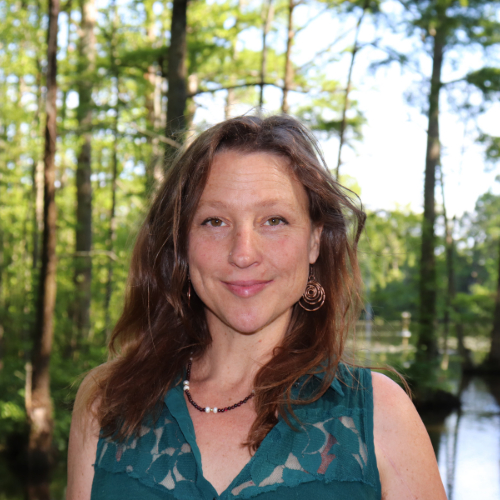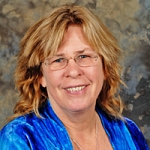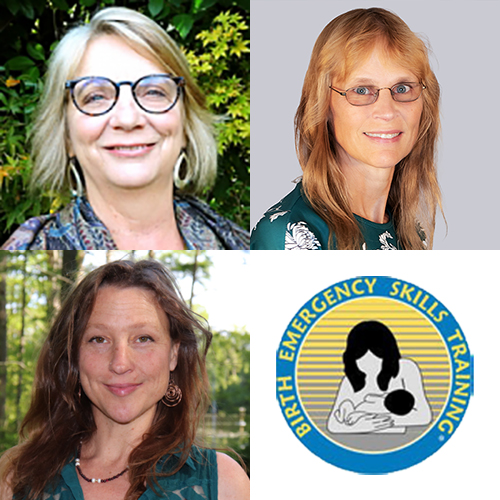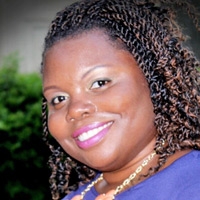 Dystocia Online Course(s) & Continuing Education
Dystocia Online Course(s) & Continuing Education
Access the latest clinical skills and research for Dystocia for PREGNANCY, LABOUR & CHILDBIRTH professional training. These Dystocia online courses provide practice-changing skills and valuable perspectives from leading global experts. This Dystocia education has been accredited for a variety of CEUs / CERPs and can be accessed on-demand, at your own pace.


Avril is the founder of the Midwife Method - a midwife-led, supportive and educational online program dedicated to empowering all birthing people who want to experience a conscientious and connected pregnancy, birth and transition into parenthood. Who want to learn to thrive in body, mind and spirit and not only feel prepared and informed every step of the way...but loved, supported and guided throughout. This incredible resource is available for busy midwives to count on, to provide for all the educational needs of their clients to have a healthy, joyful and empowering pregnancy, birth and smooth transition into parenthood.
For the past four years, she has loved being an instructor and office manager with Birth Emergency Skills Training® (B.E.S.T.), as well as co-developer of the Online and Hybrid programs. B.E.S.T. is dedicated to improving maternal and fetal outcomes by helping midwives effectively, efficiently, competently and confidently manage emergencies when they arise.
She has been intimately woven into the fabric of serving birthing families since 1998 working at home and in birth centers. Together with her partner, she has home-birthed, home-schooled and raised 3 incredible human beings (18, 24 and 26)!
With an unquenchable thirst for knowledge and desire to support a broader population in attaining their health goals, she returned to school, completing a Bachelor of Science in nursing in 2016, then pursued a Family Nurse Practitioner degree at Georgetown University which she was unable to complete due to unforeseen circumstances.
Topic: STOP Postpartum Hemorrhage in its TRACs - [View Abstract]
Shoulder dystocia remains one of the most feared obstetrical emergencies in and out of the hospital, for good reason, it can be scary, is notoriously difficult to predict and can lead to further complications in both mother and baby. Thankfully, there are simple and effective techniques that can be employed and adapted to any environment which safely resolve the issue, much of the time. The single most important predictor of a favorable outcome is a practitioner who is alert to the signs of shoulder dystocia, well prepared to manage one and aware of how to help prevent neonatal injuries in the process. Therefore, a thorough understanding of the pathophysiology and mechanisms of action used to resolve impacted shoulders is imperative along with a team that communicates effectively and is able to manage the associated complications. Move it! Get the Shoulders Unstuck! offers a clear, up-to-date review of prevention, early recognition and responsive, effective management to resolve shoulder dystocia. Come join us on this journey through this sticky complication, one that will hopefully alleviate your fears and provide you with the skills you need to calmly disimpact the shoulders while keeping the baby safe and improve maternal and fetal outcomes.


Dr. Jeanne Ohm is. Co-owner and practicing DC in a family, wellness based practice since 1981.
She is a sought out, international lecturer on the topic "Chiropractic Care in Pregnancy and Infancy" to practicing Chiropractors and affiliated care providers and is a post graduate instructor for numerous chiropractic colleges. She has written numerous articles on pregnancy, birth, children and chiropractic and is co-author of multiple research papers published in major journals.
Dr. Ohm is the founder of Makin' Miracles...Connecting Kid's n' Chiropractic, community outreach programs and resources to educate children and adults about the life saving benefits of chiropractic. www.makinmiracles.com She is also producer of the educational video, "Birth Trauma: A Modern Epidemic"
Her professional positions include: CEO for the International Chiropractic Pediatric Association: www.icpa4kids.com Executive Publisher and Editor of Pathways to Family Wellness Magazine: www.pathwaystofamilywellness.org ICPA developer and instructor of the Webster Certification. Co-developer of the ICVPA/ PBRN Research program. She is an active Board member of: The Academy of Chiropractic Family Practice: chiropracticfamilypractice.org, Life Chiropractic College West: bhttp://lifewest.edu/, Holistic Pediatric Alliance: hpakids.org and the Foundation for Vertebral Subluxation: vertebralsubluxation.health.officelive.com
Dr. Ohm's professional mission is to provide birth care providers with the skills to care for more pregnant mothers and children. She is committed to educating other practitioners with the information to support natural birthing in their practices. It is her understanding that birth trauma is a public health concern, and therefore it has become her goal to eliminate its damaging effects on the newborn. She intends to accomplish this by:
• adequately training DC's in specific chiropractic techniques and care for pregnancy, birth & infancy for the promotion of natural birthing.
• forming national alliances for chiropractors with like-minded birth practitioners and attendants
• empowering mothers to make informed choices in pregnancy and birth
• offering patient educational tools which address this issue
Dr. Ohm is married to Dr. Thomas Ohm, Chiropractor. They have six children and eight grandchildren who have all received chiropractic care since conception. They were all born at home and are living the chiropractic family wellness lifestyle.
In pregnancy, a woman’s body experiences numerous musculoskeletal adaptations and physiological changes. These changes often have an adverse effect on her neuro-biomechanics adversely affecting quality of life, birth outcome and the future well-being of her baby.
The doctor of chiropractic plays a vital role correcting spinal misalignments (subluxations). By restoring nerve system function with these specific spinal adjustments, the mother’s neuro-biomechanical function is improved. This results in an improved quality of life throughout pregnancy, and a body more equipped for optimal physiological function in birth.
This paper will discuss addressing the neuro-biomechanics in pregnancy, the causes of dystocia and the integrative care of birth providers to lead to a safer, easier birth for mothers and babies.

Shoulder Dystocia: Prediction, Prevention, and Appropriate Response

Renowned expert Elizabeth Davis has been a midwife, reproductive health care specialist, educator and consultant for over 40 years. She is internationally active in promoting physiologic, undisturbed birth and is widely sought after for her expertise in midwifery education, legislation, and organizational development. She is the author six widely translated books on birth, sexuality, and female psychology, including “Orgasmic Birth: Your Guide to a Safe, Satisfying, and Pleasurable Birth Experience,” “The Rhythms of Women’s Desire: How Female Sexuality Unfolds at Every Stage of Life,” and the textbook “Heart & Hands: A Midwife’s Guide to Pregnancy and Birth,” now in an updated 2019 5th edition (see https://elizabethdavis.com for details). She served as Regional Representative and Education Committee Chair for the Midwives Alliance of North America (MANA), as President of Midwifery Education Accreditation Council (MEAC), and as midwife consultant to the State of California’s Alternative Birthing Methods Study. She is the recipient of the California Association of Midwives’ Brazen Woman Award, and Midwifery Today’s Lifetime Achievement Award. She is Co-founder of the MEAC accredited National Midwifery Institute, and author/instructor of Heart & Hands Coursework.
Shoulder dystocia is considered one of the most dangerous complications of birth, as corroborated by the high number of malpractice claims resulting from it. Despite this, experts cannot agree on what defines it, what causes it, or whether or not it is possible to predict it. As for treatment, the HELPERR mnemonic is standard of care, but is this truly the best response with fully mobile clients, or does it reflect the limitations of hospital birth with epidural anesthesia?
In this presentation, the physiology of undisturbed birth, including cardinal movements the baby must accomplish to minimize the likelihood of shoulder dystocia developing, will be explained, with an examination of how common hospital practices, such as the use of Pitocin during labor or maternal positioning in second stage, can undermine these. Because this complication carries a high degree of urgency, time-efficient techniques will be presented for both anterior shoulder dystocia and bilateral shoulder dystocia, with indications for follow up for the birthing person and the newborn.












